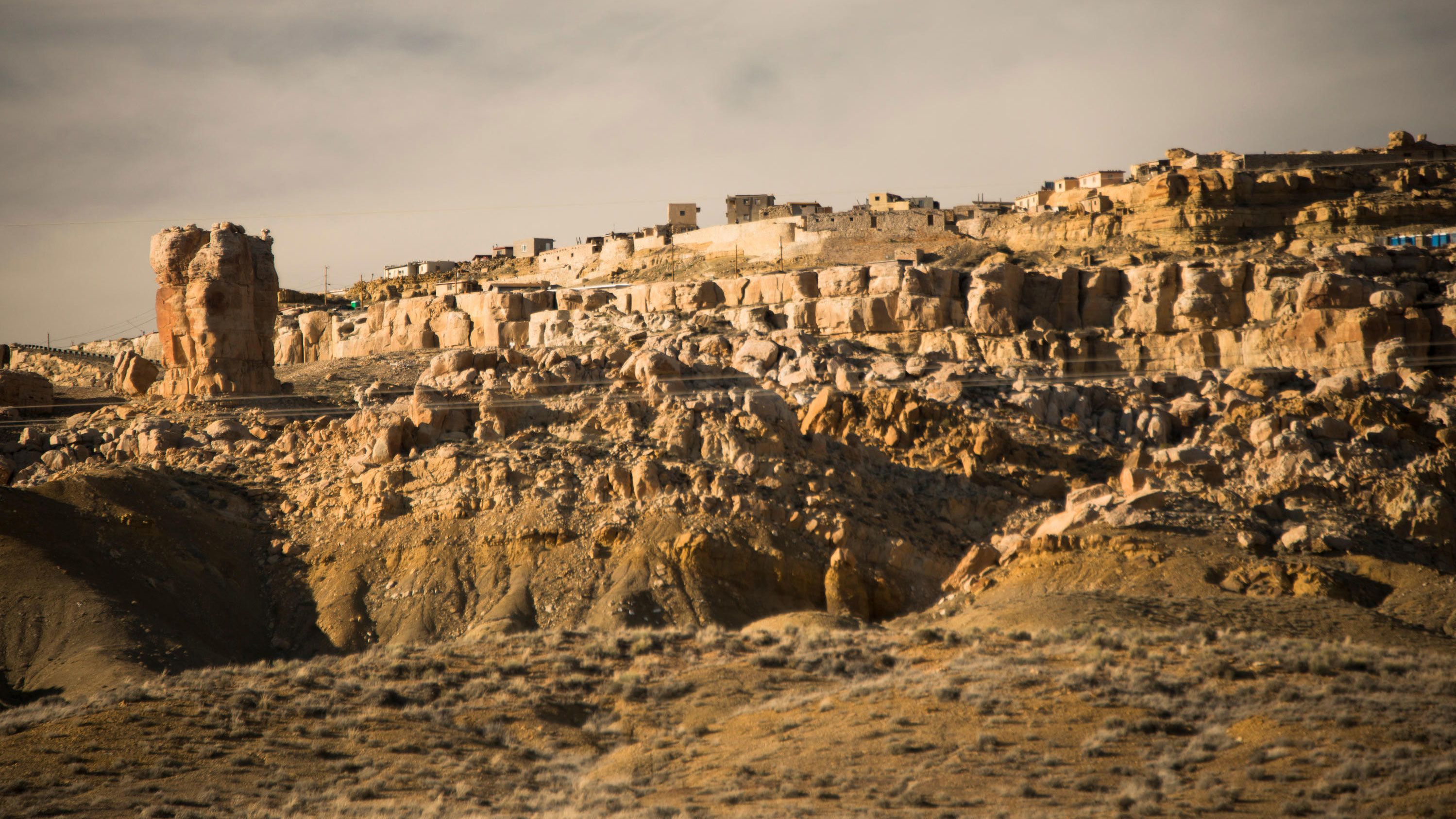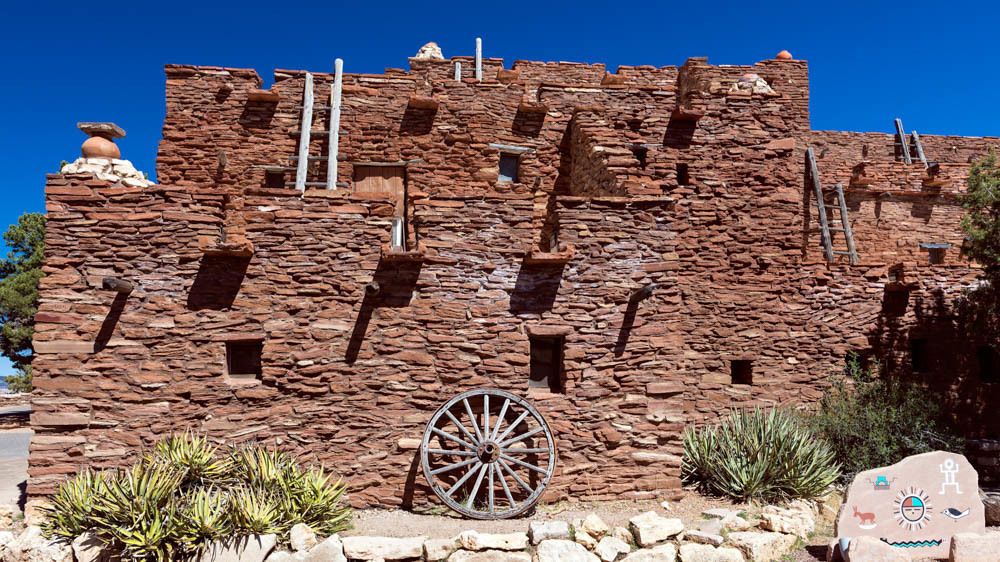Flagstaff’s Hidden Gem: The Hopi Reservation
Flagstaff’s Hidden Gem: The Hopi Reservation

Nestled amidst the towering red rocks and ponderosa pines of northern Arizona, Flagstaff boasts a rich tapestry of history and culture. But did you know that just a stone’s throw from the bustling city center lies a vibrant and ancient community? We’re talking about the Hopi Reservation, a land of breathtaking beauty, rich traditions, and a deep connection to the earth.
More than just a reservation, the Hopi Reservation is a living testament to a culture that’s thrived for centuries. It’s a place where the past whispers through the wind, where the present hums with a vibrant spirit, and where the future is embraced with a deep sense of responsibility to the land and its ancestors.
Related Articles: Flagstaff’s Hidden Gem: The Hopi Reservation
- From Scissors To Security: Why Cosmetologists Need Insurance
- Unveiling The Tapestry: Exploring The Native American Tribe Map In 2023
- Unveiling the Heritage and Resilience: Explore the Enchanting World of Indian Tribe Names in the USA
- Unveiling the Enchanting World of Native American Reservations in Oklahoma
- Unveiling the Tapestry of Texas: Discover the Rich Legacy of Indian Tribes
Let’s dive into the heart of this fascinating world.
A History as Old as the Land Itself
The Hopi people, known for their stunning kachina dolls and intricate pottery, have called this land home for over a thousand years. Their history is deeply intertwined with the land itself, a place they consider sacred and essential to their identity.
Before the arrival of European settlers, the Hopi lived in harmony with the natural world. Their lives were intricately woven with the rhythms of the seasons, the cycles of the sun and moon, and the bounty of the land. Their knowledge of the desert, its plants, animals, and weather patterns, allowed them to thrive in a challenging environment.
But the arrival of outsiders brought a wave of change. The Hopi faced displacement, disease, and forced assimilation. Their traditional way of life, so closely tied to the land, was threatened.
Despite these challenges, the Hopi spirit remained unbroken. They clung to their traditions, their language, and their deep connection to the land. They fought for their rights, their identity, and their future.
Today, the Hopi Reservation stands as a symbol of resilience and cultural preservation. It’s a place where the ancient traditions of the Hopi people are still alive and thriving.
A Glimpse into Hopi Culture

Stepping onto the Hopi Reservation is like stepping into another world. The air is filled with the scent of sage, the sound of drums, and the vibrant colors of traditional clothing. It’s a place where time seems to move at a different pace, where the past and present intertwine in a beautiful dance.
The Hopi are known for their exquisite craftsmanship. Their pottery, woven baskets, and kachina dolls are not just objects but works of art, each piece infused with meaning and symbolism.
The Hopi language, a beautiful and complex tongue, is another vital part of their cultural heritage. They believe that language is the key to preserving their traditions and ensuring that future generations will understand and appreciate their rich history.
The Hopi are also known for their deep respect for the natural world. Their ceremonies and rituals are often tied to the cycles of the seasons, the phases of the moon, and the movements of the stars. They believe that the land is a sacred entity, deserving of respect and protection.
The Hopi Reservation: A Place of Wonder and Inspiration

The Hopi Reservation is more than just a piece of land; it’s a living, breathing testament to a culture that’s weathered the storms of time and emerged stronger than ever. It’s a place where visitors can experience the beauty of ancient traditions, the richness of a vibrant culture, and the deep connection between a people and their land.
Visiting the Hopi Reservation is an unforgettable experience. It’s a chance to learn about a culture that’s both ancient and vibrant, to appreciate the beauty of traditional art and crafts, and to gain a deeper understanding of the relationship between humans and the natural world.
But it’s important to remember that the Hopi Reservation is a living community. Visitors are expected to be respectful of their traditions, their beliefs, and their way of life.
Here are some tips for visiting the Hopi Reservation:
- Respect the land and its people. The Hopi Reservation is a sacred place, and visitors should be respectful of their customs and traditions.
- Dress modestly. Avoid wearing revealing clothing or shorts.
- Be mindful of noise levels. Keep your voice down and avoid loud music or talking on the phone.
- Ask permission before taking photos. Some Hopi people may not want to be photographed.
- Support local businesses. Purchase souvenirs from Hopi artisans and shop at local businesses.
The Hopi Reservation is a place of wonder and inspiration. It’s a place where visitors can learn, grow, and gain a deeper appreciation for the beauty and resilience of the human spirit.
So, the next time you’re in Flagstaff, take a detour off the beaten path and explore the Hopi Reservation. You won’t regret it.
FAQ: The Hopi Reservation
Q: Where is the Hopi Reservation located?
A: The Hopi Reservation is located in northeastern Arizona, about 70 miles north of Flagstaff.
Q: What are the main attractions on the Hopi Reservation?
A: The Hopi Reservation is home to several villages, each with its own unique history and traditions. Some of the most popular attractions include:
- The Hopi Cultural Center: This museum showcases Hopi art, crafts, and history.
- The Hopi House: Located in the village of Hotevilla, this traditional dwelling is a popular tourist attraction.
- The Hopi Mesas: The Hopi villages are located on three mesas, each with its own distinct character.
- The Hopi Kachina Dance: This traditional dance is held annually in the summer and is a highlight of Hopi culture.
Q: How can I get to the Hopi Reservation?
A: The Hopi Reservation can be accessed by car via Highway 264. There are also bus services that travel to the reservation.
Q: What are the best times to visit the Hopi Reservation?
A: The best time to visit the Hopi Reservation is during the spring or fall, when the weather is mild and the crowds are smaller.
Q: Is it safe to visit the Hopi Reservation?
A: The Hopi Reservation is generally a safe place to visit. However, it’s always a good idea to be aware of your surroundings and take precautions.
Q: What are some tips for visiting the Hopi Reservation?
A: Here are some tips for visiting the Hopi Reservation:
- Respect the land and its people. The Hopi Reservation is a sacred place, and visitors should be respectful of their customs and traditions.
- Dress modestly. Avoid wearing revealing clothing or shorts.
- Be mindful of noise levels. Keep your voice down and avoid loud music or talking on the phone.
- Ask permission before taking photos. Some Hopi people may not want to be photographed.
- Support local businesses. Purchase souvenirs from Hopi artisans and shop at local businesses.
Q: How can I learn more about the Hopi people?
A: There are many resources available for learning more about the Hopi people, including:
- The Hopi Cultural Center: This museum offers a wealth of information about Hopi history, culture, and traditions.
- The Hopi Tribe website: The Hopi Tribe website provides information about the Hopi people, their government, and their history.
- Books and articles: There are many books and articles written about the Hopi people, their culture, and their history.
The Hopi Reservation is a place of beauty, history, and cultural richness. It’s a destination that should be on every traveler’s list. So, plan your trip today and experience the wonder of the Hopi Reservation for yourself.

Closure
Thus, we hope this article has provided valuable insights into Flagstaff’s Hidden Gem: The Hopi Reservation. We appreciate your attention to our article. See you in our next article!